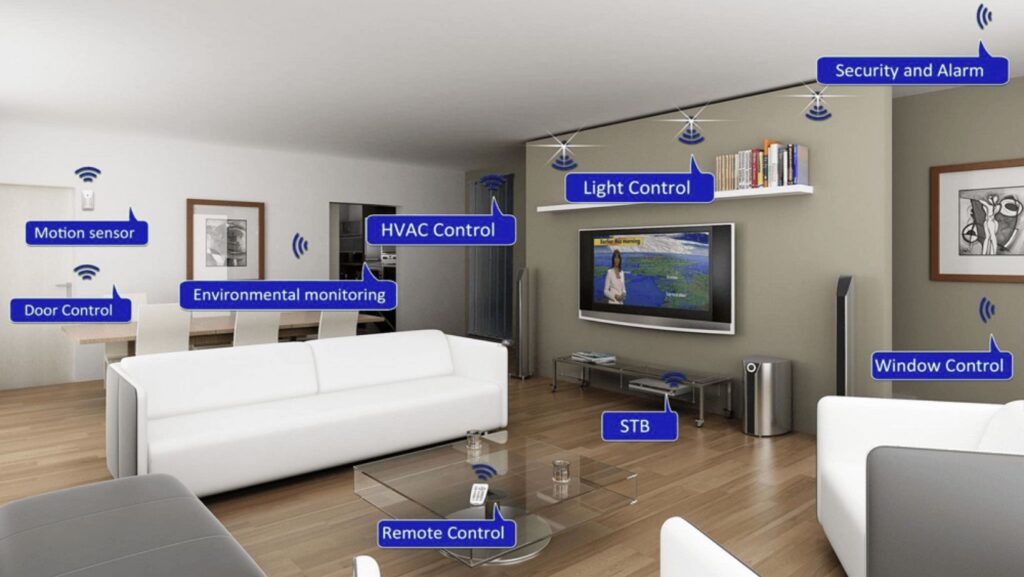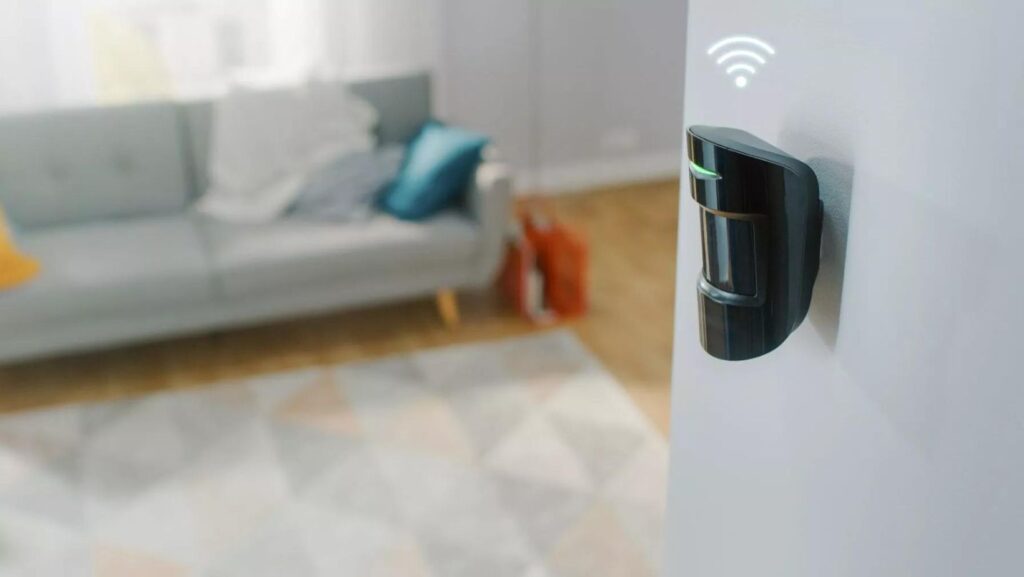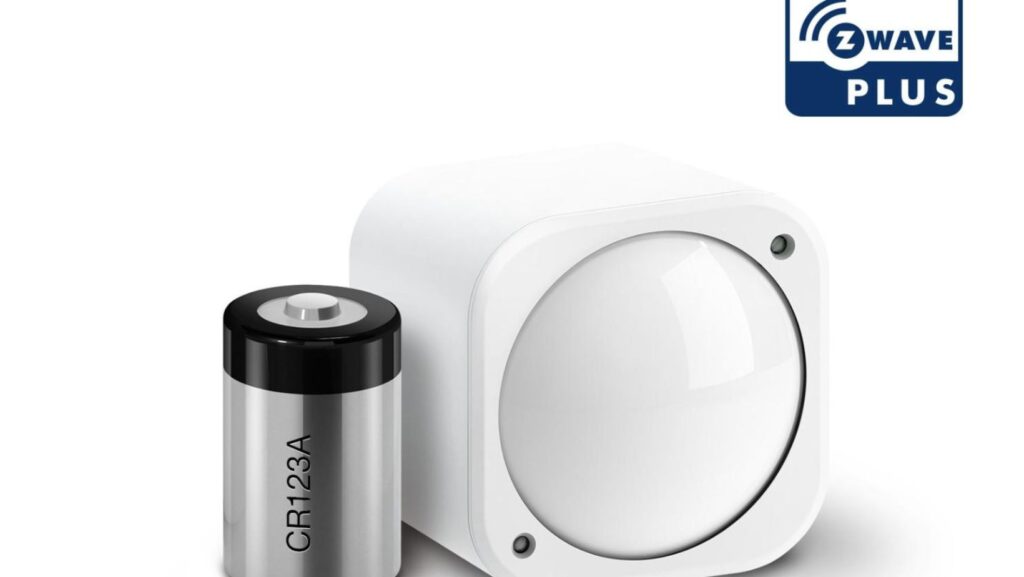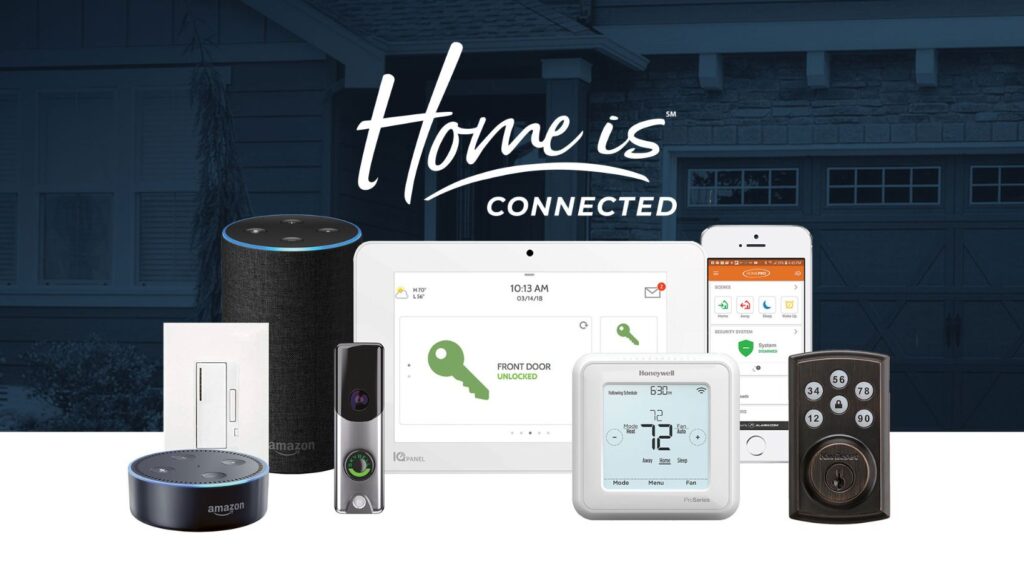Smart Home Motion Sensor

Curious about how a simple device can transform your living space into a smart, smart home motion sensor efficient haven?
Imagine a home where lights turn on as you walk into a room, or the thermostat adjusts automatically as you move around. That’s the magic of a smart home motion sensor. With just a wave of your hand, it’s like having a personal assistant anticipating your every need.
In this article, I’ll delve into the world of smart home motion sensor, exploring their benefits, applications, and how they can enhance your daily life. From enhancing security to optimizing energy usage, these devices are revolutionizing the way we interact with our homes. Join me as we uncover the endless possibilities of integrating motion sensors into your smart home setup.
Understanding Smart Home Motion Sensors
Types of Motion Sensors Used in Smart Homes
In smart homes, various types of motion sensors are utilized to detect movement and trigger automated actions. Some common types of motion sensors include:

- Passive Infrared (PIR) Sensors: These sensors detect infrared radiation emitted by objects in their field of view. When a change in infrared energy is detected, the sensor triggers a response.
- Microwave Sensors: Microwave motion sensors emit microwaves and measure the reflection off moving objects. They are highly sensitive and can detect motion through doors and walls.
- Ultrasonic Sensors: Ultrasonic motion sensors emit high-frequency sound waves and detect changes in the reflected waves caused by moving objects.
- Dual-Technology Sensors: These sensors combine two different technologies, such as PIR and microwave, to reduce false alarms and increase accuracy.
- Image-Based Sensors: Using cameras and image processing algorithms, these sensors detect motion by analyzing changes in visual data.
How Do Smart Home Motion Sensors Work?
Smart home motion sensors work by detecting changes in their surroundings and sending signals to a central control hub or device. The basic principle involves monitoring the environment for movement and triggering preset actions based on detected changes.
When motion is detected, the sensor sends a signal to the smart home system, which can then activate various responses, such as turning on lights, adjusting thermostat settings, or sending alerts to the homeowner’s smartphone. These sensors play a crucial role in enhancing home security, energy efficiency, and overall convenience.
By understanding the different types of motion sensors used in smart homes and how they operate, homeowners can leverage this technology to create a more intuitive and responsive living space.
Key Benefits of Installing Smart Home Motion Sensors
Enhanced Security
Adding smart home motion sensors enhances the security of my home by providing an additional layer of protection. By detecting any movement or intrusion, these sensors trigger alerts that notify me of any potential threats in real-time in any device connected. This proactive security measure not only deters intruders but also gives me peace of mind knowing that my home is continuously monitored from anything happening outside and inside.
Energy Savings
Installing smart home motion sensors has significantly contributed to reducing my energy consumption. These sensors detect when a room is unoccupied and adjust lighting and temperature settings accordingly. By automatically turning off lights and lowering the thermostat in empty rooms, I’ve seen a noticeable decrease in my energy bills. This intelligent energy-saving feature not only benefits the environment but also saves me money in the long run.
Convenience and Comfort

The convenience and comfort provided by smart home motion sensors are unparalleled. I no longer have to worry about remembering to turn off lights when leaving a room or adjusting the thermostat throughout the day. The sensors do all the work for me by detecting my presence and making necessary adjustments automatically. This hands-free approach not only saves me time but also ensures a comfortable and welcoming environment in my home at all times.
Smart home motion sensors offer a range of benefits, from enhancing security to improving energy efficiency and convenience. When selecting a sensor, factors like range and compatibility with existing systems are crucial. Integrating motion sensors with other smart home devices can further optimize your home’s efficiency. Ensure compatibility with popular smart hubs like Apple HomeKit, Google Assistant, or Amazon Alexa for seamless integration. The decision between DIY and professional installation depends on your technical expertise and setup preferences.



